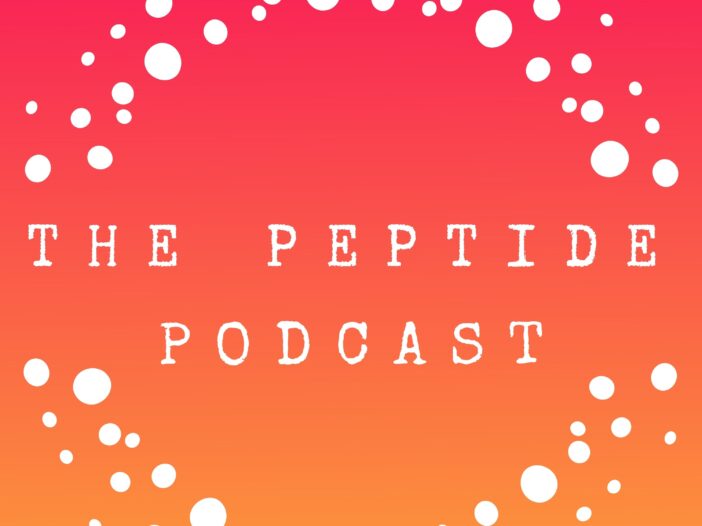
Today, we’re talking about tesamorelin, a peptide that works through the growth hormone pathway and is especially effective when it comes to targeting stubborn belly fat.
So, what exactly is tesamorelin? In simple terms, it’s a synthetic growth hormone-releasing hormone (GHRH) analog—basically, it signals your pituitary gland to release more growth hormone (GH). Why does that matter? Because GH plays a big role in fat metabolism, especially when it comes to visceral fat, the deep fat that surrounds your organs in your abdominal region.
Here’s how it works: when GH levels rise, your body starts breaking down fat for energy—a process called lipolysis. Visceral fat, in particular, is very responsive to GH. Reducing this type of fat isn’t just about looking better; it also improves metabolic health, boosts insulin sensitivity, and lowers inflammation, all of which support long-term health and reduce your risk of heart disease.
Why not just give GH directly?
Your body only produces a certain amount of GH naturally, and this declines with age. Giving exogenous GH can boost levels quickly, but it comes with higher risks like swelling, joint pain, and sometimes insulin resistance if overused.
Tesamorelin, on the other hand, stimulates your own pituitary gland to release GH naturally, which tends to be safer and more physiologic over time. That said, GH injections might be preferred in certain clinical scenarios, but for most people, tesamorelin offers a more controlled approach.
What about side effects?
Some common ones include joint pain, swelling, and muscle aches. These happen because GH causes fluid retention and increased tissue growth, which can put pressure on joints and muscles.
Also, tesamorelin can slightly increase blood sugar, so people with diabetes or prediabetes should be monitored carefully. But why does this happen?
Since tesamorelin works by boosting your growth hormone, it can have an impact on how your body handles glucose. Growth hormone naturally makes your body a little less sensitive to insulin, which means your cells don’t take up sugar as efficiently. So, some people might notice a slight rise in fasting blood sugar when they start using tesamorelin.
But here’s the interesting part: growth hormone also increases IGF-1, which has some insulin-like effects. In most healthy people, this helps balance things out, so blood sugar doesn’t spike dramatically. But if someone already has prediabetes or type 2 diabetes, it’s something to keep an eye on.
The takeaway? Tesamorelin can slightly raise blood sugar, but it’s usually manageable. Regular monitoring is smart, especially for anyone with a history of blood sugar issues. And compared to direct growth hormone injections, tesamorelin tends to have less of an effect on blood sugar because it stimulates your body to release GH naturally, instead of flooding your system with it.
Typical dosing of tesamorelin
For men, peptide therapy is often 1 mg at night to support natural GH peaks during sleep, and 1 mg in the morning before fasted cardio or exercise. Women usually do 1 mg daily. Tesamorelin can be expensive, so many people cycle it 5 days on, 2 days off to reduce cost, or just do 1 mg at night, which still supports GH production and can even improve sleep.
Typically, tesamorelin is cycled for 8 weeks on, then 8 weeks off, and most people start noticing results after 4 to 6 weeks. This cycling helps manage cost, reduce potential side effects, and allows the body to maintain responsiveness to the therapy.
My Final thoughts
Tesamorelin is a powerful tool for targeting visceral fat and improving body composition safely through your natural GH pathways. It’s not a cheap therapy, but if used strategically—especially timed with sleep or exercise—it can give great results while minimizing side effects.
Thanks for listening to The Peptide Podcast. If today’s episode resonated, share it with a friend, please share this episode!
Until next time, be well, and as always, have a happy, healthy week.
If you want to support what we do, head over to our Partners Page. You’ll find some amazing brands we trust—and by checking them out, you’re helping us keep the podcast going.
Leave a Reply